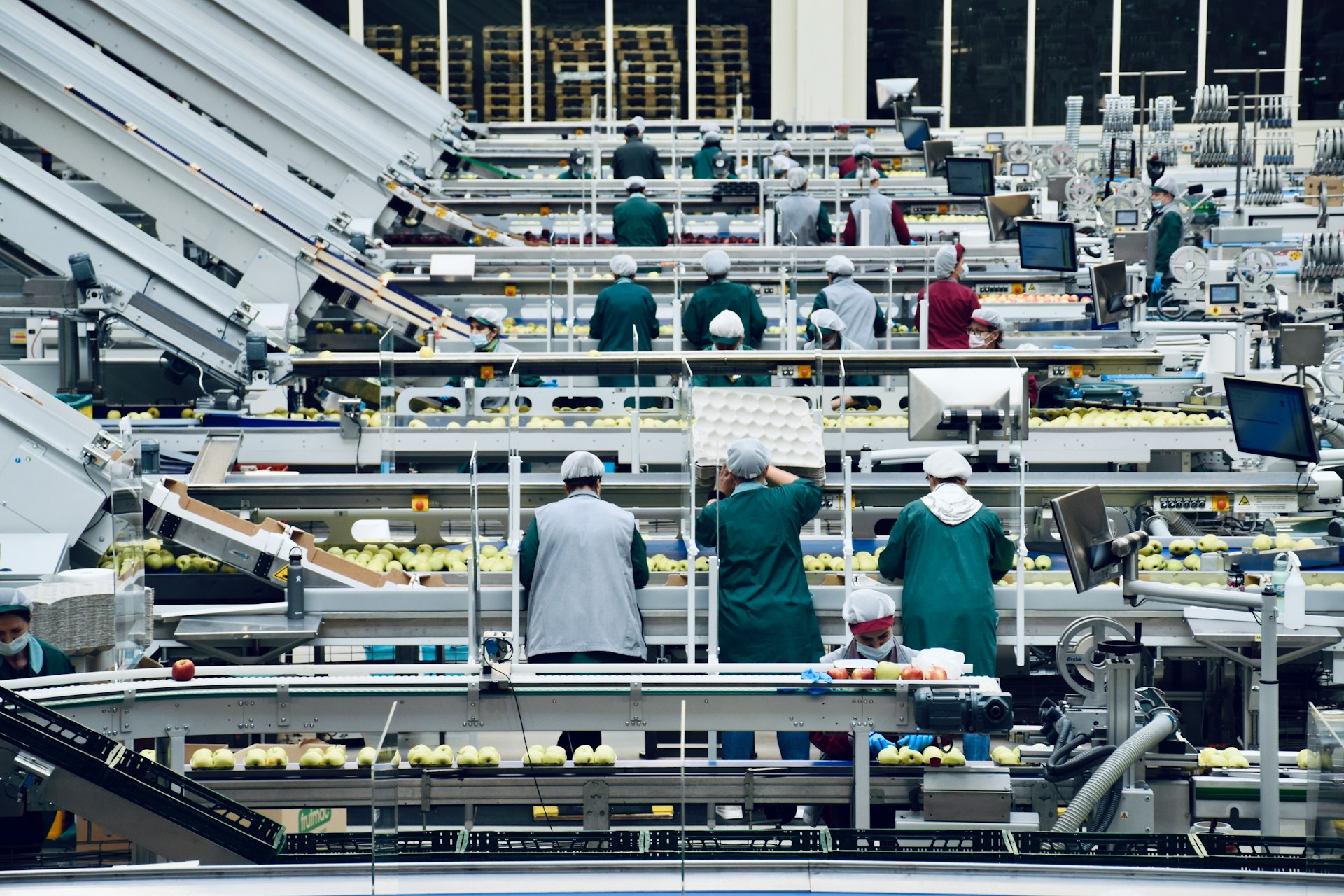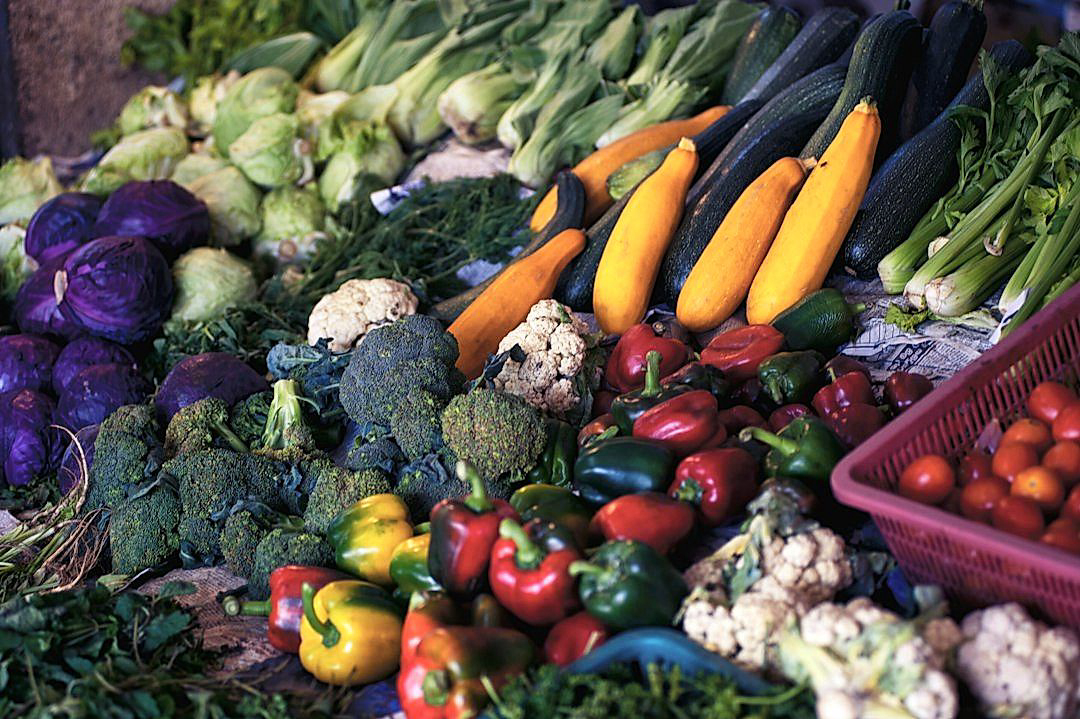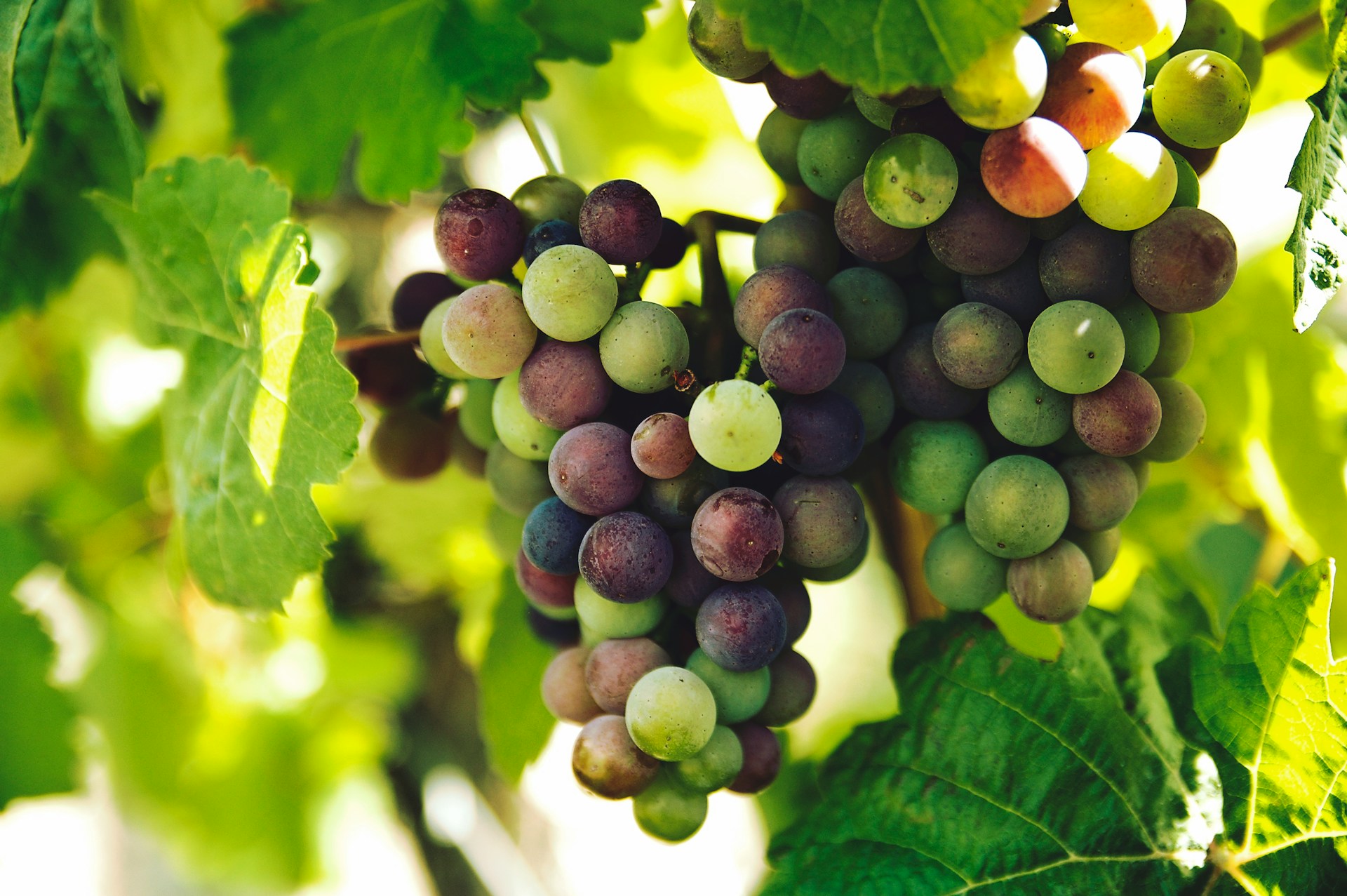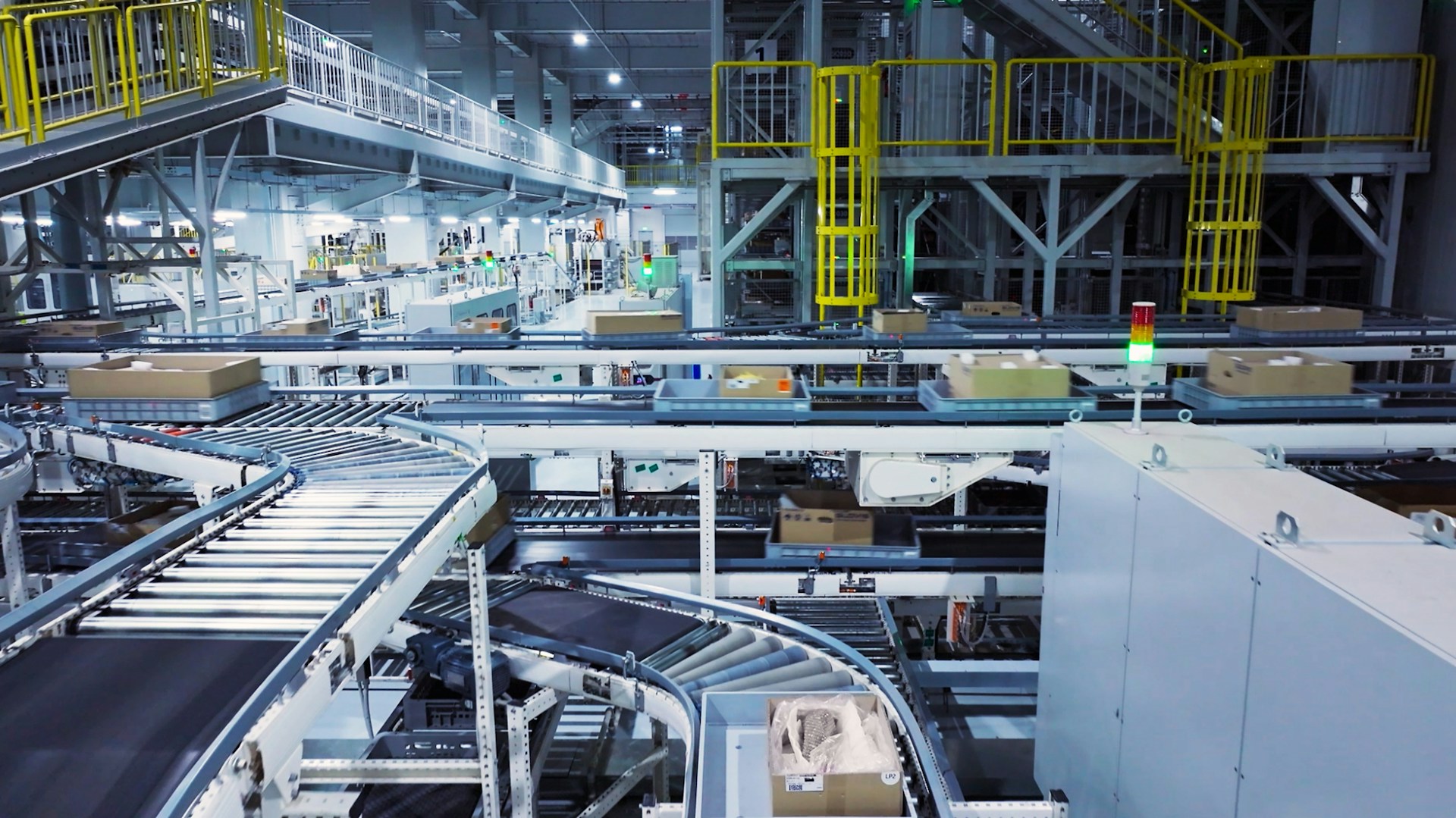In the competitive world of agriculture, technology continually reshapes the landscape of operations.
Robotics has emerged as a significant player in modernizing many different parts of the industry.
Notably, the area of produce packing has seen significant advancements.
The innovation of robotic systems is opening a new threshold of efficiency and precision while eliminating human errors and reducing labour costs.
Today, we explore this fascinating elevating edge of technology in agriculture.
This article delves into how robotics are transforming the produce packing industry, forever changing the way we view this traditionally human-driven task.
Game-changing Robotics In Produce Packing
1. Automated Pick-and-Place Robots for Sorting Produce
The adoption of automated pick-and-place robots has greatly transformed the produce packing industry.
These robots are specifically designed to handle items of varying shapes and sizes, making them perfect for sorting out different types of produce.
These machines make use of sophisticated sensors and algorithms to identify and correctly sort the produce based on predetermined parameters such as size, color, and type of fruit.
Sophisticated sensors and algorithms in automated pick-and-place robots have made it possible to sort produce based on size, color and type.
This has resulted not only in improved accuracy and efficiency in the sorting process but also minimized the human errors.
The speed of sorting has also greatly increased, making it possible to process more produce in a shorter time than would be possible with human labor.
This saves time and reduces the overall operational costs for the produce packing companies.
Moreover, these robots are able to work nonstop without fatigue, unlike their human counterparts.
This ensures a continuous workflow in the packing plants, leading to more productivity.
Another advantage of these robots is their precision and consistency.
The robots always pick and place the produce in the exact location it’s meant to be every time without any variation.
This consistency in handling the produce eliminates the cases of damaged fruits due to mishandling.
This fact contributes to the longevity of the produce and ultimately leads to less waste, which is beneficial for both the company and the environment.
Different algorithms can also be programmed into these robots to handle different types of produce.
This flexibility makes them a valuable asset for any produce packing plant dealing with a variety of fruits and vegetables.
Despite the high initial cost of investment, the long term benefits of automated pick-and-place robots make them a wise investment in the scope of increasing profitability, efficiency, and sustainability in the produce packing industry.
2. AI-Powered Robotic Arms for Precision Packing
In the increasingly technologically advanced world of agriculture, AI-powered robotic arms are becoming a game-changer in precision packing of produce.
This technology leverages the power of artificial intelligence to accurately and efficiently package a broad range of produce types, from delicate berries to robust root vegetables.
These robotic arms are designed to identify, sort, pick, and package different types of produce with unprecedented accuracy and speed.
By doing so, they significantly reduce the risk of damage to the produce during the packing process and minimize waste, a critical concern in the agricultural industry.
As such, optimize resource use and improve environmental sustainability, offering a green solution to produce packing
AI-powered robotic arms essentially eliminate the possibility of human error in the packing process, thereby driving operational efficiency and productivity.
In addition to this, they also allow for the handling of different packing formats, whether it’s bagging small fruits or boxing larger vegetables.
The system is programmed to recognize the optimal packing format for each type of produce, ensuring that the product is always packaged in a manner that maximizes its shelf life and presentation quality.
Furthermore, these robotic arms can also be programmed to adjust their operations according to changing needs, making them intuitively adaptive and flexible.
They work continuously without requiring breaks and have faster production rates compared to human workers, which is especially useful during peak harvest times.
Employing this technology also reduces the demand for manual labor, mitigating the industry’s persistent labor shortage problem.
It also provides a safer working environment, as it lowers the risk of work-related injuries from repetitive strain or accidental cuts.
Understandably, there are apprehensions about these robotic arms replacing human labor completely.
However, the goal is to have this robotic technology working alongside humans, handling the more labor-intensive tasks and allowing human workers to focus on more complex tasks that require human judgment and specialized skills.
By incorporating AI-powered robotic arms into the packing process, companies can improve their packing accuracy, increase operational efficiency, reduce wastage, and improve worker safety.
Despite the significant capital investment required to implement this technology, the numerous benefits it offers makes it a promising investment in the long term.
Thus, AI-powered robotic arms stand as a testament to the game-changing potential of robotics in the produce packing industry.
3. Autonomous guided vehicles for produce transportation
The evolution of the produce packing industry is seeing the rise of innovative technology including the use of Autonomous Guided Vehicles (AGVs).
These intelligent machines are programmed to maneuver around packing facilities, carrying produce from one point to another.
In essence, AGVs are robots with a specific role in the produce packing process, predominantly in the transportation department.
An Autonomous Guided Vehicle handles the task of moving produce from the initial soring point to its respective packing area within the facility. In the process, not only does it increase efficiency, but it also minimizes human error.
The introduction of AGVs into the produce packing scene creates a game-changing scenario as it brings along efficiency, speed, and accuracy.
Produce, especially fruits and vegetables, are delicate and require careful handling and movement to prevent damage or bruising.
AGVs are built and programmed to handle produce with extreme care, which drastically reduces post-harvest losses that can occur due to improper handling.
In terms of speed, these robots can operate non-stop for long hours, increasing the packing house productivity.
From a financial standpoint, the introduction of AGVs in fruit packing facilities leads to significant savings in the long run.
They not only reduce the need for manual labor but also bring down the costs related to produce wastage due to damage.
Moreover, AGVs are also greatly beneficial for tracking and tracing of produce.
As the AGVs move the produce, they have the capacity to record and provide real-time data on the exact location of each batch within the facility, thus improving the overall traceability and transparency.
These vehicles can be linked with other packing house technologies like AI-powered robotic arms and robotic vision systems to form an integrated and efficient packing process.
However, the implementation of AGVs also comes with its unique set of challenges, namely the need for expanded space and initial investment.
Despite these challenges, the game-changing efficiencies introduced by AGVs make them an irreplaceable part of modern produce packing facilities.
The future of the produce packing industry indeed looks brighter with the possibility of full automation brought about by advancements like AGVs.
4. Robot Vision Systems for Quality Assurance
One of the game-changing technologies in the world of produce packing is the employment of robot vision systems as a quality control mechanism.
In essence, these systems leverage advanced cameras and artificial intelligence algorithms to assess the quality of the produce during the packing process.
Their function is crucial in ensuring only high-quality, unblemished produce reaches customers, enhancing customer satisfaction and brand reputation.
Robot vision systems are transforming the dynamics of the produce packing industry by offering an automated, accurate, and efficient alternative to human-powered quality inspection.
By using these systems, businesses can minimize the risk of human error that can easily occur in a fast-paced production setting.
Moreover, they offer a cost-effective solution by reducing the need for employing large quality-assurance teams, thus freeing up resources for other critical operations.
Thanks to automatic robot vision systems, the sorting process becomes more reliable, as machines are not swayed by tiredness or lack of concentration.
This results in consistent quality assurance in produce packing, regardless of the volume to handle.
Not to mention, that by streamlining processes, robot vision systems can rapidly pick out products that do not meet predefined quality criteria, reducing wastage in the supply chain.
Further, robot vision systems are designed to work in a variety of environmental conditions, making them resilient against factors such as poor lighting or low temperature, which can impair human vision.
The integration of advanced machine learning techniques allows these systems to learn and adapt over time, consistently improving their efficiency and accuracy.
It is also significant to note, that these technologies help enforce strict hygiene standards in the packing process.
With the touch-free processing approach, the risks of cross-contamination or product spoilage are significantly reduced.
Innovative robotic vision systems prioritize not just the quality but also the safety of the produce, providing peace of mind to both businesses and consumers.
Despite the initial investment required, their long-term benefits and return on investment make them an invaluable asset in the modern produce packing industry.
In this digital era where technology is progressively integrated into every aspect of business operations, robot vision systems for quality assurance in produce packing serve as an example of how robotics is revolutionizing industry practices.
5. Robotic Palletizing Systems for Efficient Stacking
The transformation of the produce packing industry has been significantly accelerated through the use of robotic palletizing systems.
These systems, equipped with sophisticated AI technology, have trumped traditional manual stacking methods with their unmatched efficiency and precision.
Palletizing robots are capable of stacking a wide range of produce at high speed, handling sensitive items with care and ensuring damage-free transportation.
These systems typically consist of a robotic arm, an end-effector, and a computer-controlled interface that guides the robot’s actions.
The robotic arm is responsible for the actual physical movement and stacking of goods on the pallet.
The end-effector, on the other hand, can be a clamp, a fork, or even a suction cup, depending on the type of produce being handled, and it’s this tool that physically interacts with the produce.
The control interface orchestrates the entire operation, powered by advanced algorithms that inform the robot of the most efficient stacking pattern from a space utilization perspective.
This approach ensures that each pallet is stacked to its optimal capacity, reducing the number of pallets needed and subsequently, the warehouse space required.
What’s more, robotic palletizing systems are designed with flexibility in mind.
Operators can easily adjust the system parameters to handle different sizes and types of produce or to change the stacking pattern, making it a universal solution for any produce packing operation.
This advantage translates into significant savings in terms of time and costs associated with manual workforce training and reduces the risk of errors that can occur with human involvement.
Another key advantage is that these robots can work round-the-clock without getting tired or needing breaks, unlike human workers.
With the correct maintenance, robotic palletizing systems can operate for years, providing consistent and reliable service.
The last piece of this puzzle is the improvement in worker safety.
Moving and stacking heavy items is a leading cause of workplace injuries in the produce packing industry; by employing robots for this task, companies can significantly reduce the risk of such incidents.
Ultimately, the adoption of robotic palletizing systems is not just a boon for efficiency and cost-saving, but it fundamentally alters and improves the entire process of produce packing.
The Bottom Line
The advent of robotics and AI is undoubtedly revolutionizing the agriculture industry, enhancing efficiency, accuracy, and productivity.
Automated pick-and-place robots, AI-powered robotic arms, and the use of autonomous vehicles in transporting produce have simplified what traditionally required extensive human labour.
Adding to this, robotic vision systems have instilled an unmatched precision in quality checks, boosting consumer trust.
Finally, robotic palletizing systems have increased the efficacy and speed of stacking operations.
Overall, the integration of these advanced technologies is setting new standards for the agriculture supply chain, saving both time and resources while ensuring optimal product quality.
In embracing robotics and AI, we are paving the way for a more sustainable and efficient future in agriculture.




